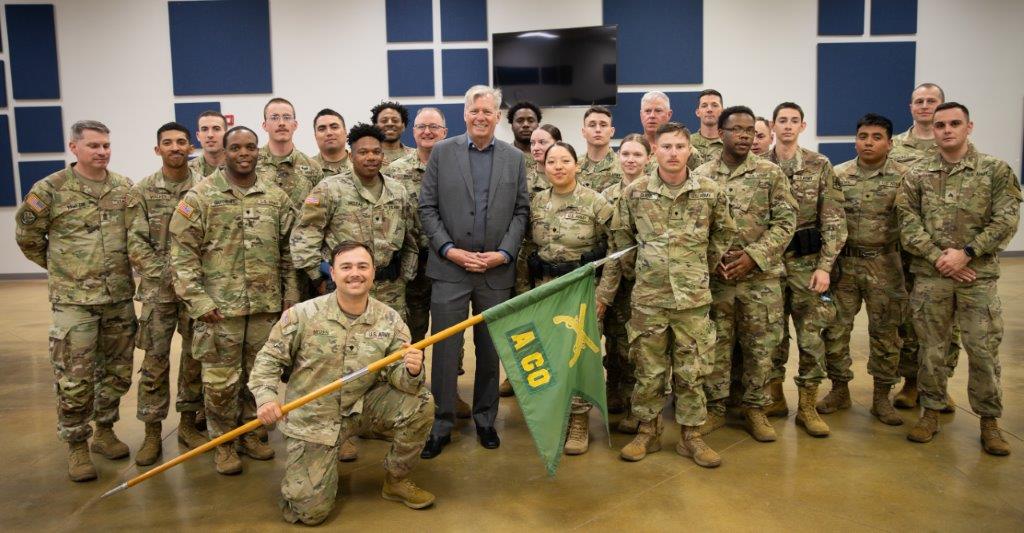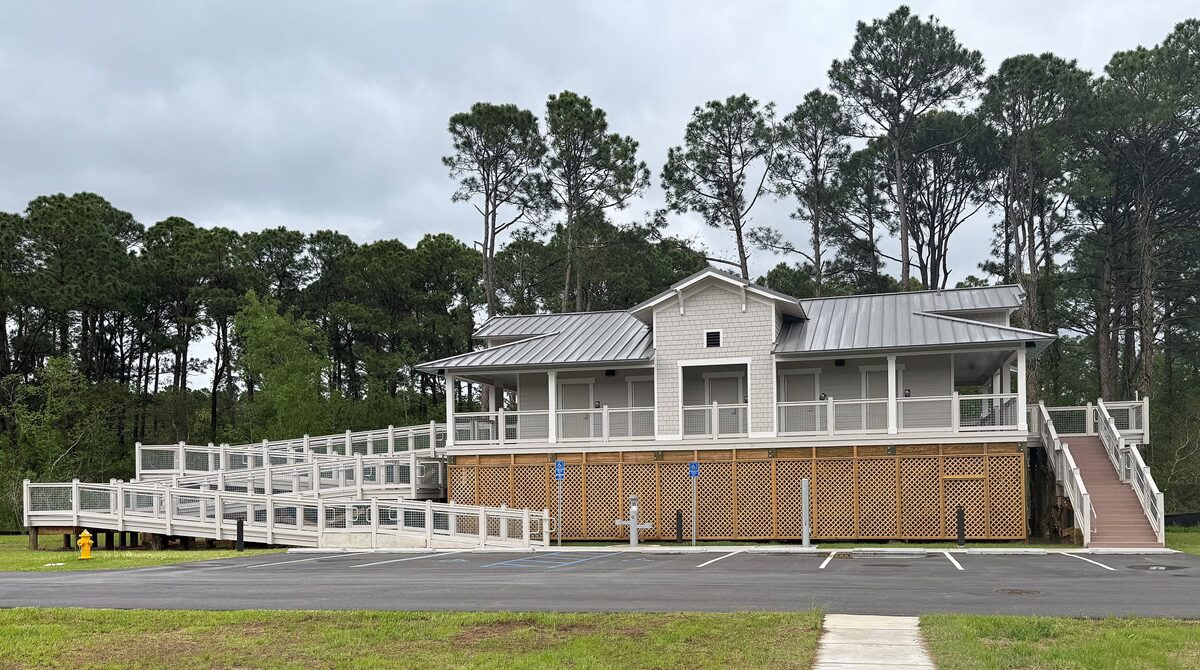U.S. Mint quarter honors Alabama’s Tuskegee Airmen National Historic Site

A new quarter from the U.S. Mint honors the Tuskegee Airmen. (U.S. Mint)
Tuskegee residents and other Alabamians may make the case that the U.S. Mint saved the best for last.
The mint on Monday released the 2021 America the Beautiful Quarter honoring the Tuskegee Airmen National Historic Site. This is the final of 56 quarters depicting national parks and other national sites issued in the America the Beautiful Quarters Program that launched in 2010.
“It is fitting that such a significant historic site will complete this successful coin program,” Mint Director David J. Ryder said in a news release. “The Mint is proud to honor the men and women who overcame segregation and prejudice to become one of the most highly respected fighter groups of World War II.”
While the “heads” side of the quarter depicts the well-known portrait of George Washington by John Flanagan, the “tails” side shows a Tuskegee Airman suiting up with the Moton Field control tower in the background.
“The pilot looks upward with pride and confidence as two P-51 Mustangs pass overhead. The inscription ‘THEY FOUGHT TWO WARS’ is arced across the top as a reference to the dual battles the Tuskegee Airmen fought – fascism abroad and racial discrimination at home,” the mint news release said.
RELATED: African American aviators made history at Tuskegee, and in WWII
The Tuskegee Airman National Historic Site at Moton Field in Tuskegee commemorates the Tuskegee Airmen who trained there during World War II. Established in 1998, the historic site highlights the contributions the airmen made not only to winning the war, but the role they played in breaking down racial barriers in the U.S. military, according to the Encyclopedia of Alabama.
Students and faculty at the nearby Tuskegee Institute (now Tuskegee University) built Moton Field, named after former institute president Robert Russa Moton, in 1941. It was the site of the “Tuskegee Experiment,” the U.S. Army Air Corps program to train pilots and crewmen during World War II. Civil rights groups and the African American press in the years leading up to World War II pressured the federal government over the ban on Blacks flying for the U.S. military, leading to approval of the Tuskegee Airmen program, according to the Encyclopedia of Alabama.

Photograph of the Tuskegee Airmen, likely taken in Southern Italy or Northern Africa, c. 1942-1943. (U.S. Air Force, Wikipedia)
More than 900 pilots graduated from the program and more than 350 served in active duty as fighter pilots, according to the Air Force Academy. The program trained African American pilots, navigators, bombardiers and maintenance and support staff, as well as instructors. As the mint noted, “the term ‘Tuskegee Airmen’ pertains to both men and women of diverse nationalities. They were composed of nearly 1,000 pilots and more than 15,000 support staff (including navigators, bombardiers and mechanics).”
The Tuskegee Airmen played a significant role in World War II. The first squadron to leave for battle was the 99th Fighter Squadron, whose pilots were escorts for patrol and bomber mission in North Africa in 1943. The 99th didn’t lose a bomber in 180 missions, according to the National Park Service, which runs the historic site.
In early 1944, the 99th was joined by the 100th, 301st and 302nd to form the 332nd Fighter Group, according to the Air Force Academy. They were the Army Air Corps’ only African American fighter group.
Benjamin O. Davis Jr. was the first African American officer to solo an Army Air Corps aircraft and became the commander of the 99th. The Air Force Academy airfield was renamed in his honor as Davis Airfield in November 2019.
The 332nd was credited with flying more than 15,000 sorties and shooting down 112 enemy planes, earning 96 Distinguished Flying Crosses and three Distinguished Unit Citations, according to the Air Force Academy. The Tuskegee Airmen’s success in the skies during World War II influenced President Harry Truman’s 1948 decision to integrate the armed forces and helped lay the groundwork for the civil rights movement.





